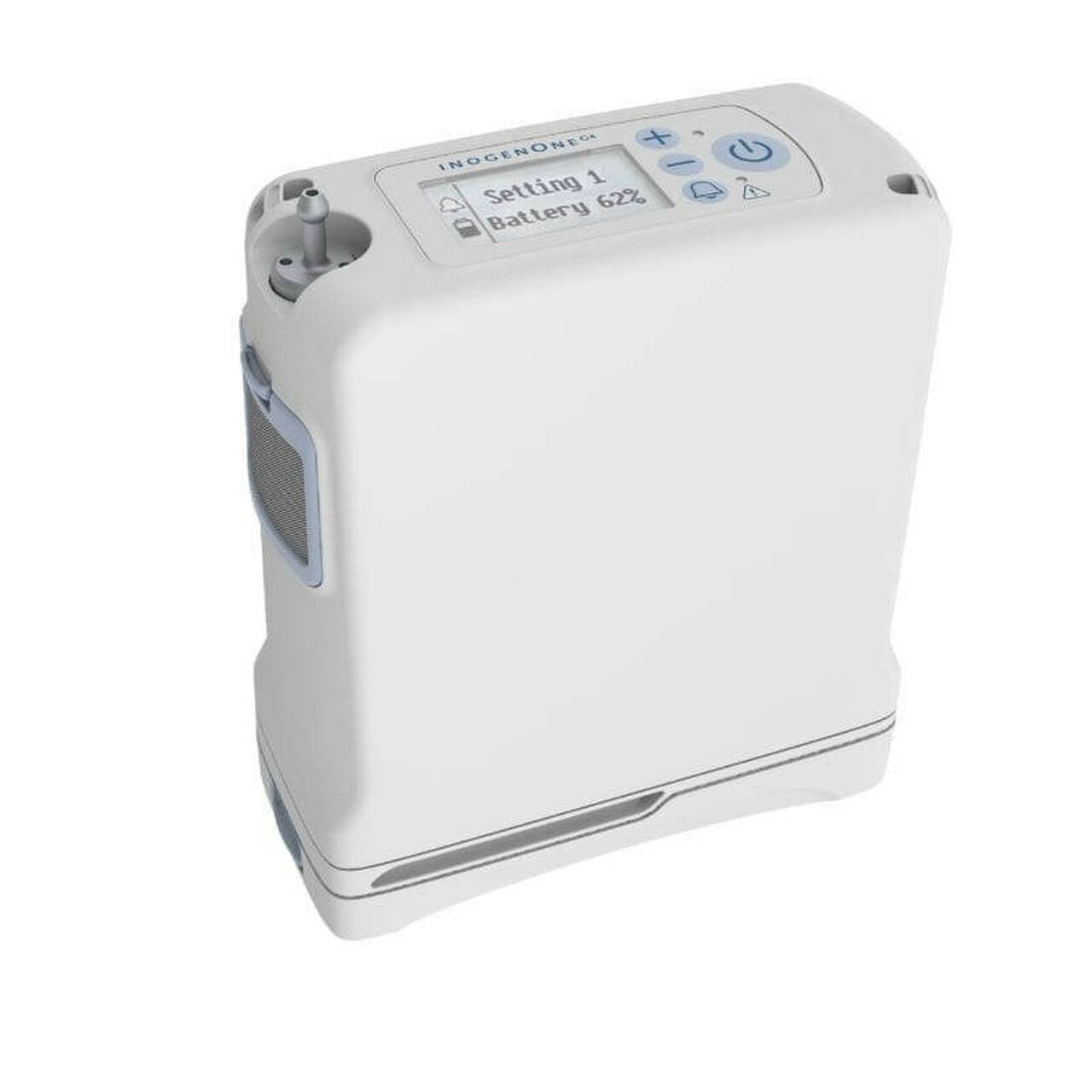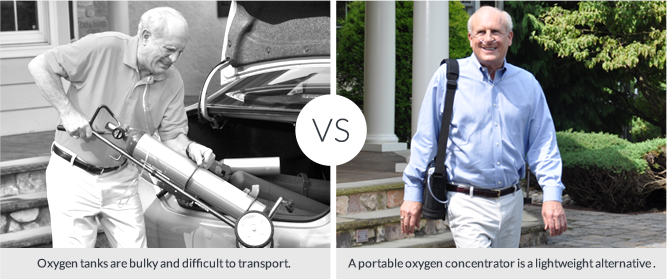Rumored Buzz on Oxygen Tanks
Wiki Article
10 Easy Facts About Oxygen Tanks Shown
Table of ContentsThe Of Oxygen TanksThe smart Trick of Oxygen Tanks That Nobody is DiscussingThe Main Principles Of Oxygen Tanks The 45-Second Trick For Oxygen TanksThe 8-Minute Rule for Oxygen TanksThe Greatest Guide To Oxygen Tanks
is a sort of gas that is produced and also made use of to make a range of products. Manufacturing, welding, and cleansing are all instances of these sorts of tasks. Medical oxygen is used for details functions, whereas industrial oxygen is utilized for a range of purposes. Individuals who are not able to give their own oxygen will gain from oxygen therapy - oxygen tanks.We inhale oxygen, which is a gas in the air. People with breathing disorders, on the other hand, might not be able to obtain sufficient oxygen on their own. They may also require oxygen treatment or extra oxygen if they need it. Oxygen therapy has actually been revealed to improve power degrees in addition to sleep for a variety of people.
You can obtain access to the oxygen you need by using a CPAP equipment. What are the threats of not providing oxygen to a client?
Examine This Report on Oxygen Tanks
If you have any type of questions, offer us a call. We additionally have ready-to-go-systems so you don't need to stress over your devices not linking. For built-in systems to link to an EDS system, an inline, decreasing regulatory authority is required. This links to the onboard oxygen supply and also reduces the stress so that it satisfies the stress demands of the EDS.Get the most up to date regulative information, accreditation news and also exclusive discount rates!
Positioning clients on oxygen is one of the most basic and most reliable treatments utilized to stabilize a substantial number of medical problems. This section will assess the different devices made use of to provide as well as transport oxygen and also how you might select one over the other based upon client presentation. Portable oxygen cyndrical tubes are one of the most typical form of oxygen readily available in the field.
The smart Trick of Oxygen Tanks That Nobody is Talking About
The oxygen cylinders made for clinical use are created to enable just medical-grade regulatory authorities to be attached-- and also only in one configuration. The imprints on the cyndrical tube pair up with pins on the regulatory authority and also permit smooth as well as tight connection when safeguarded to the cylinder To link a regulatory authority to a cylinder; If existing, get rid of the plastic cap on the cylinder.Line up the pins and impressions existing on the cylinder and also regulator. Protect the screw system on the regulator till it is limited and also there is no motion in between the regulator and cylinder. Ensure the regulator is in the off setting, take the oxygen-cylinder wrench and transform the cylinder on, after that swiftly transform it back off.
If no running away air is observed, turn the cyndrical tube back More Help on and also examine the regulatory authority by turning it to a selected flow price. The pressure sign on the regulatory authority shows the interior stress of the oxygen cyndrical tube. Always ensure to protect set up oxygen cylinders in all times and also do not leave them unsupported in upright settings where they might drop.
Oxygen Tanks for Beginners
Oxygen is highly combustible as well as need to never be used or saved near an open fire. The primary oxygen delivery tools that you will run into are the,, as well as.The NC should be positioned on the patient with the prongs bending up right into the nares, the tubes covered over the person's ears (or secured to the tubing this link owners on a C-collar), and also after that tightened approximately the chin with the moving system. See to it to connect the other end of the tubing to the oxygen regulator and set the desired flow rate.

Oxygen Tanks Fundamentals Explained
They have the benefit of delivering nearly 100% Fi, O2; this is typically lower due to the variable fit of the mask on the person's face. To position an NRB on a person, first, attach the tubing to the oxygen regulatory authority and also show up the flow to the preferred rate (at a minimum of 10 LPM).
click here for more This is a means of developing an intermediate shipment technique between the NRB as well as the nasal cannula in ambulances that do not lug facemasks alone. The indicators and contraindications are otherwise the very same as for NRB masks, as are the problems. The treatment for positioning a partial NRB is the very same as the placing of an NRB, with the removal of one of the internal flaps which enables exhalation of expired CO2.
Our Oxygen Tanks Ideas
Next, get rid of among the straps from the mask and also secure it around the posterior neck of the individual attaching it back to the side it belongs. Location the mask over the air passage and also secure the mask snuggly to the individual. Tracheostomy masks are consider this the same thing as an NRB simply for clients who have a tracheostomy-- as well as are shown in people with a tracheostomy that require supplementary oxygen.of tracheostomy masks include irritation of the tracheostomy site, dryness of the mucous membranes, and retention of CO2. Get rid of the band from one side and place the mask over the stoma. Secure the strap around the patient's posterior neck and reconnect to the other side of the mask. Connect the opposite end of the tubing to the oxygen regulator.
Report this wiki page